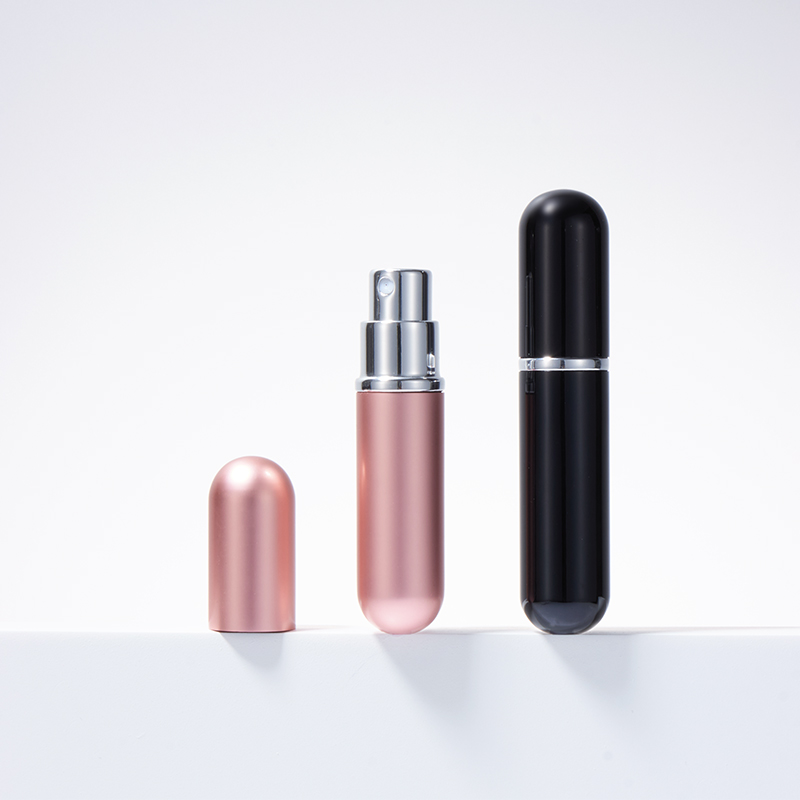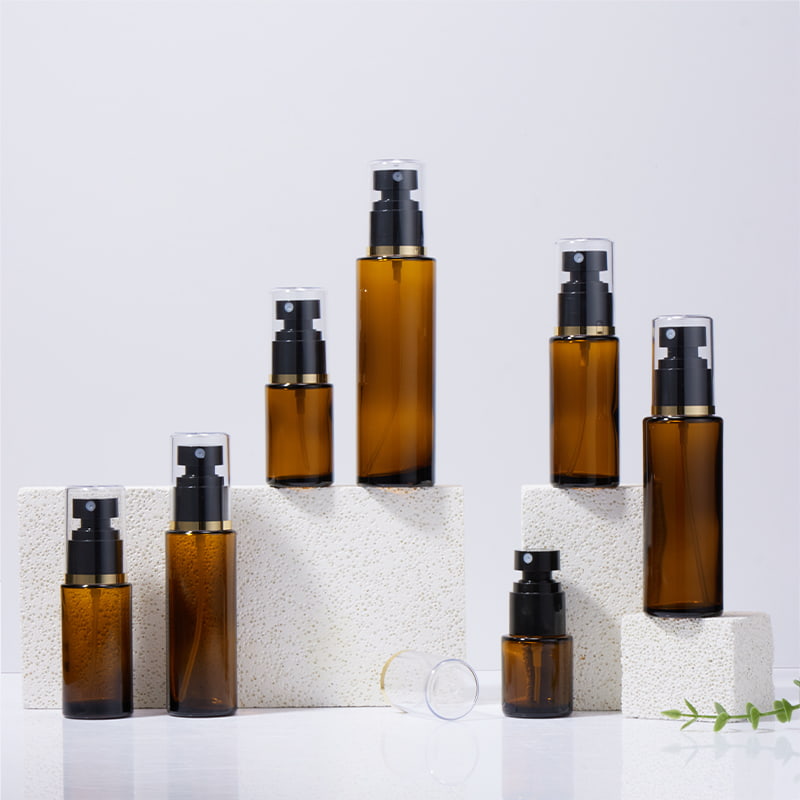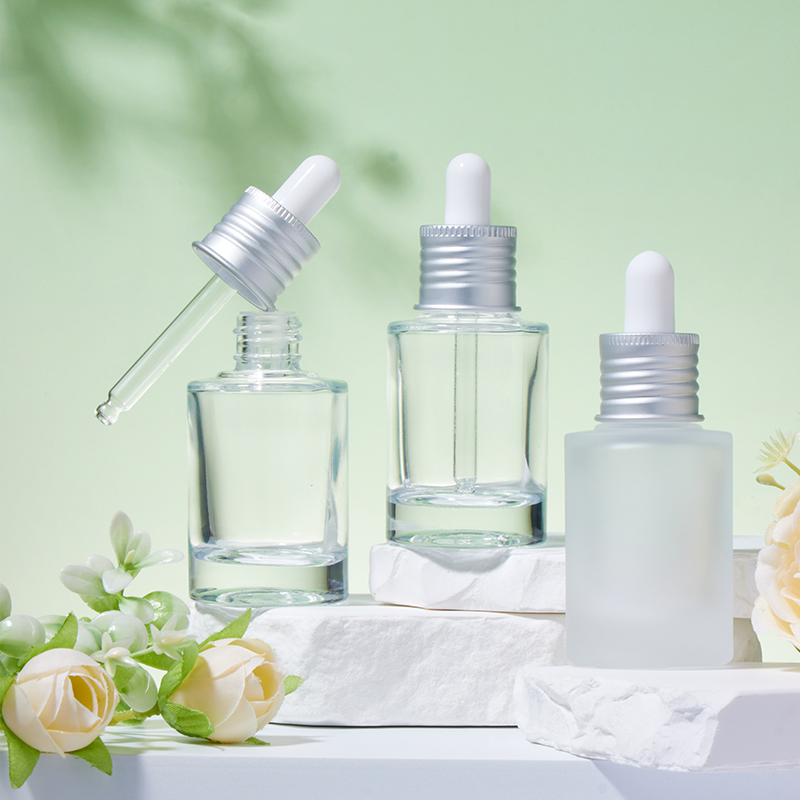Is it necessary to press the pump head repeatedly and continuously to clean the plastic pump head?
Industry News-When cleaning the plastic pump head, the actual function and precautions of repeated pressing operation should be judged based on the cleaning stage. The following are key points to explain:
1. The core function of pressing operation
Dredging internal channels: for dry caking residues (such as solidified lotion and pigment), pressing can loosen and block with the help of water impact force, but it is only for preliminary dredging and cannot replace cleaning.
Discharge visible residual liquid: Quickly press 5-10 times during the initial flushing to remove the old liquid remaining in the pump chamber and reduce waste.
2. Limitations of continuous pressing
Unable to clean dead corners: areas such as spring grooves, sealing ring gaps, and bends at the root of the straw, where water flow is difficult to reach through the brief impact force formed by pressing, repeated pressing is ineffective.
Pushing into deeper gaps: Viscous or particulate residue may be squeezed by water flow into more concealed chambers (such as the back of the piston), which in turn increases the difficulty of cleaning.
False cleaning misleading: Clear water outlet ≠ clean interior, which may only indicate that the middle of the pipeline has been flushed, but there are still residues at the corners.
3. Suitable for pressing scenarios
Pre processing stage: Before disassembly, press to discharge the remaining liquid to avoid dripping and polluting the environment during disassembly.
Rinse verification stage: After disassembly, washing, and reassembly, press to test the water flow and confirm that there are no installation errors.
Non detachable pump head emergency: For pump heads that cannot be disassembled, continuous pressing and soaking in warm water is the only option (with limited effectiveness).
4. Avoid pressing operations
When cleaning with highly corrosive liquids: Pressing may cause chemical splashes (such as chlorine containing cleaning agents), which can harm the skin or eyes.
When small components are not fixed: If the pump head is not fully assembled, pressing may cause springs, pistons, and other parts to pop out and be lost.
After high-temperature disinfection: Press the easily deformed sealing ring in a hot state.
Summary of operational recommendations
| Cleaning Phase | Require Pumping? | Key Actions & Precautions |
| Pre-rinse residual drainage (Initial stage) | Yes, briefly | Pump 5-10 times until no residual liquid flows out. |
| Deep cleaning (Core cleaning process) | No | Do not rely on pumping – Disassembly + physical scrubbing of seals/chambers is essential. |
| Cleaning non-detachable pumps (Limited option) | ️ Temporary measure | Soak in warm water, then pump-flush 3-5 cycles; tilt/shake to mobilize residues. |
| Post-reassembly function test | Yes | Test pump for smooth operation, even spray, and absence of air leaks. |
| Handling corrosive cleaners | Never | Avoid pumping to prevent splashing; soak-rinse only with protective gear. |


 中文简体
中文简体 Español
Español عربى
عربى







